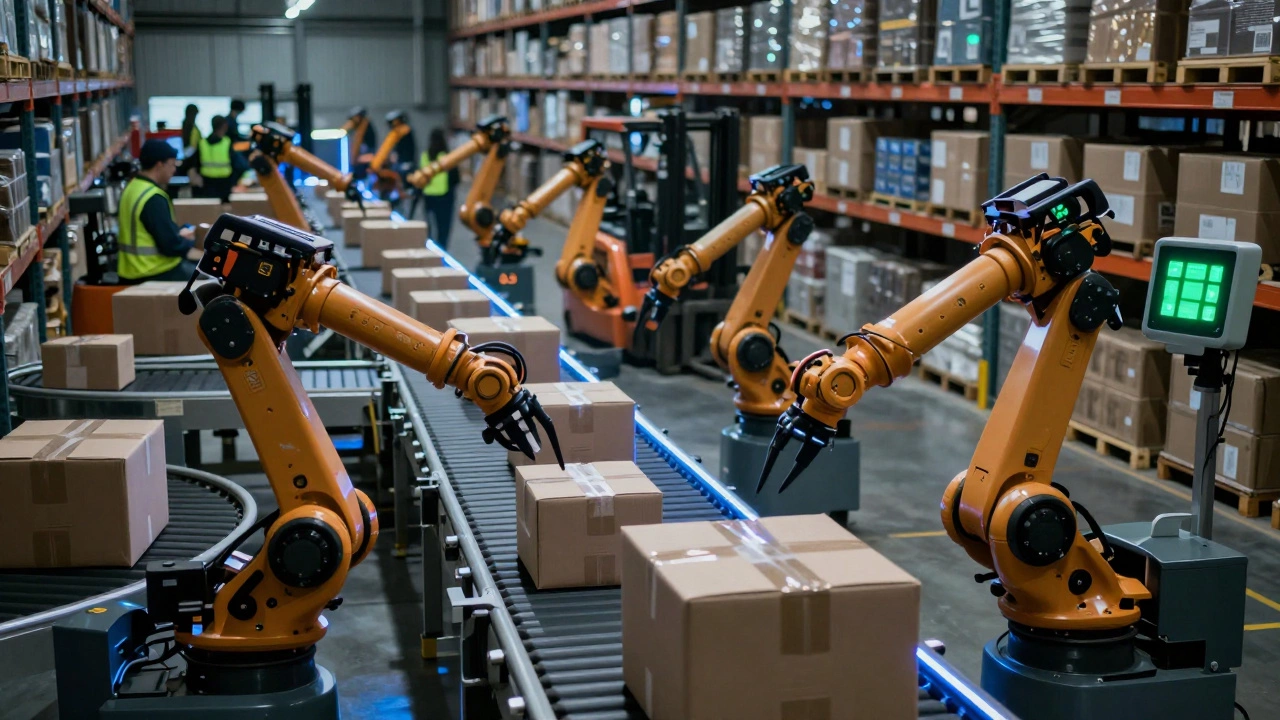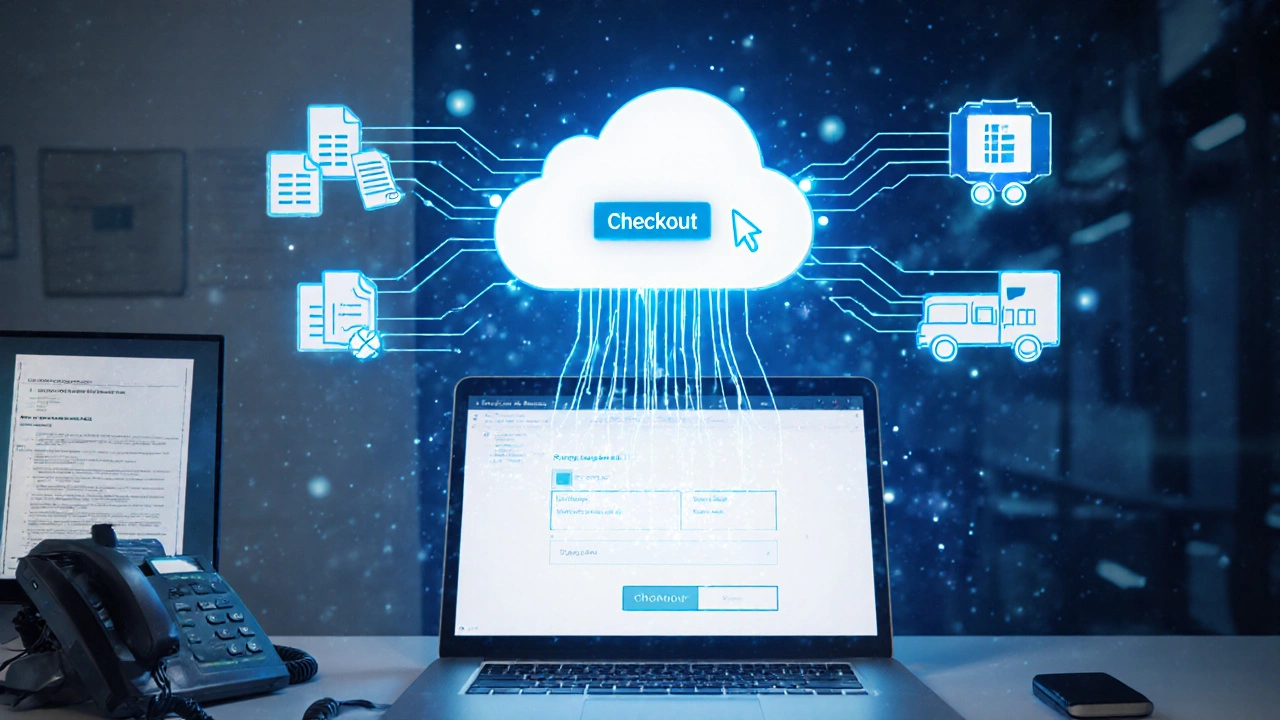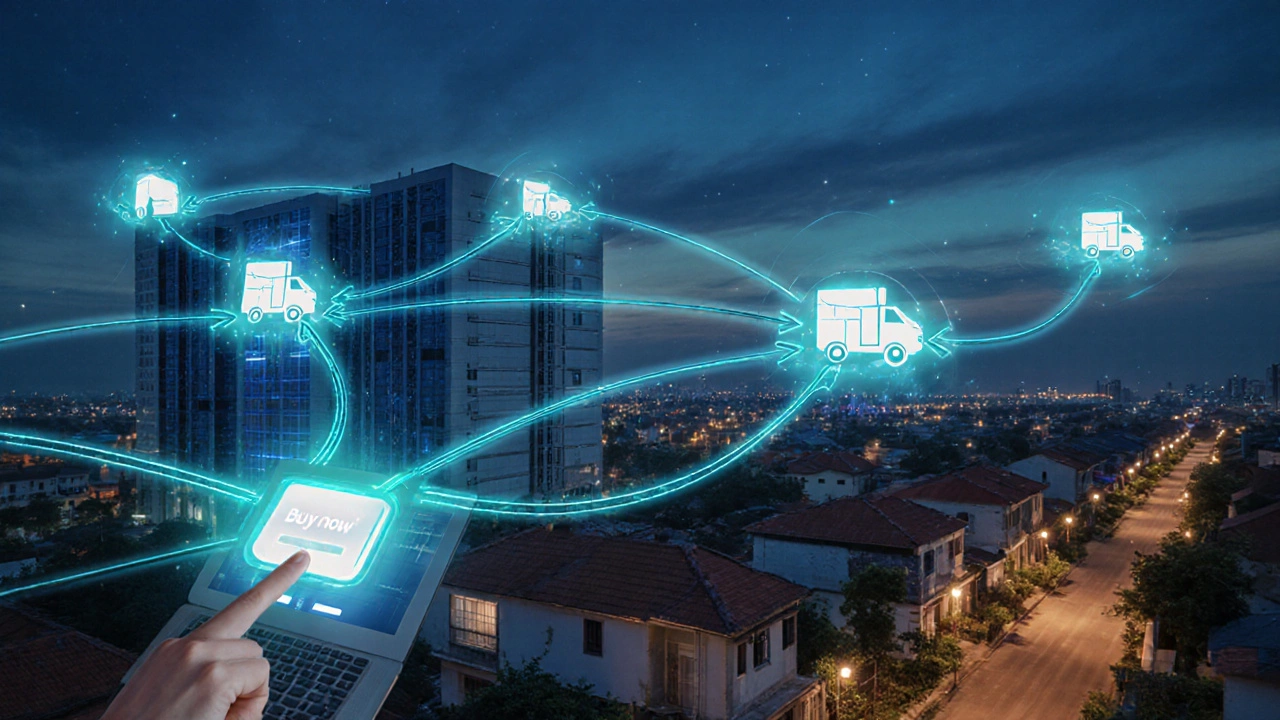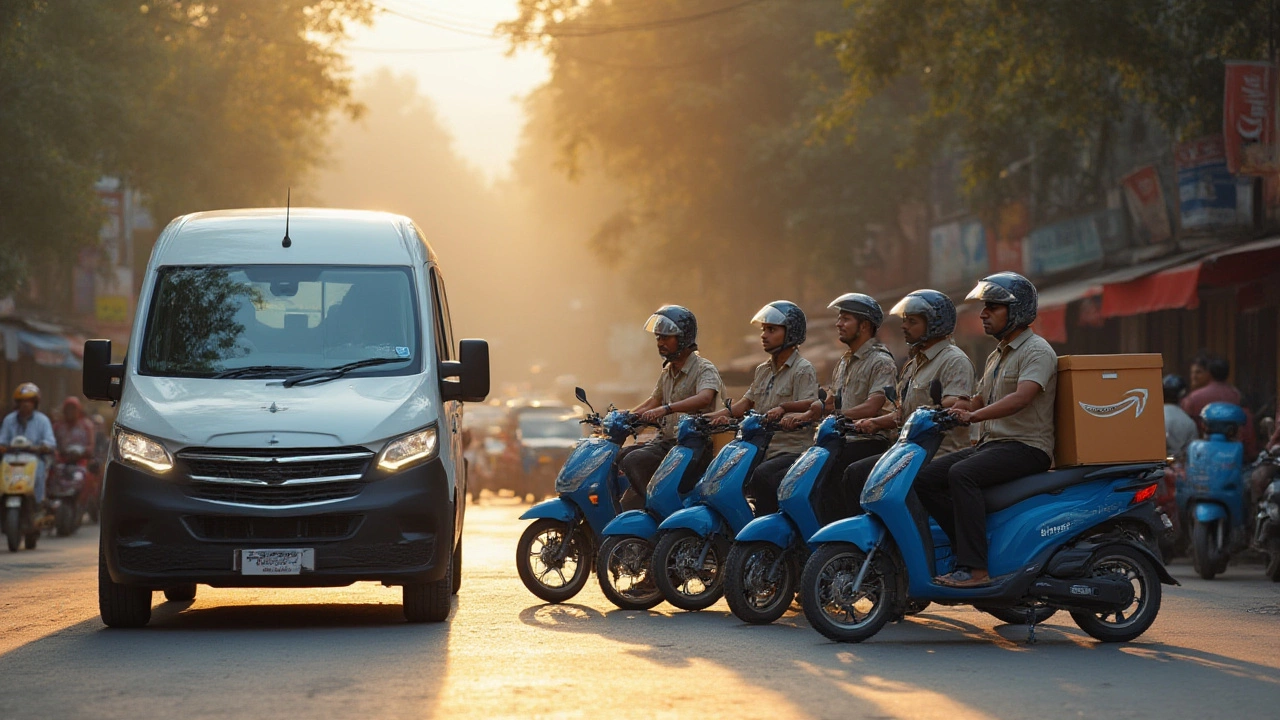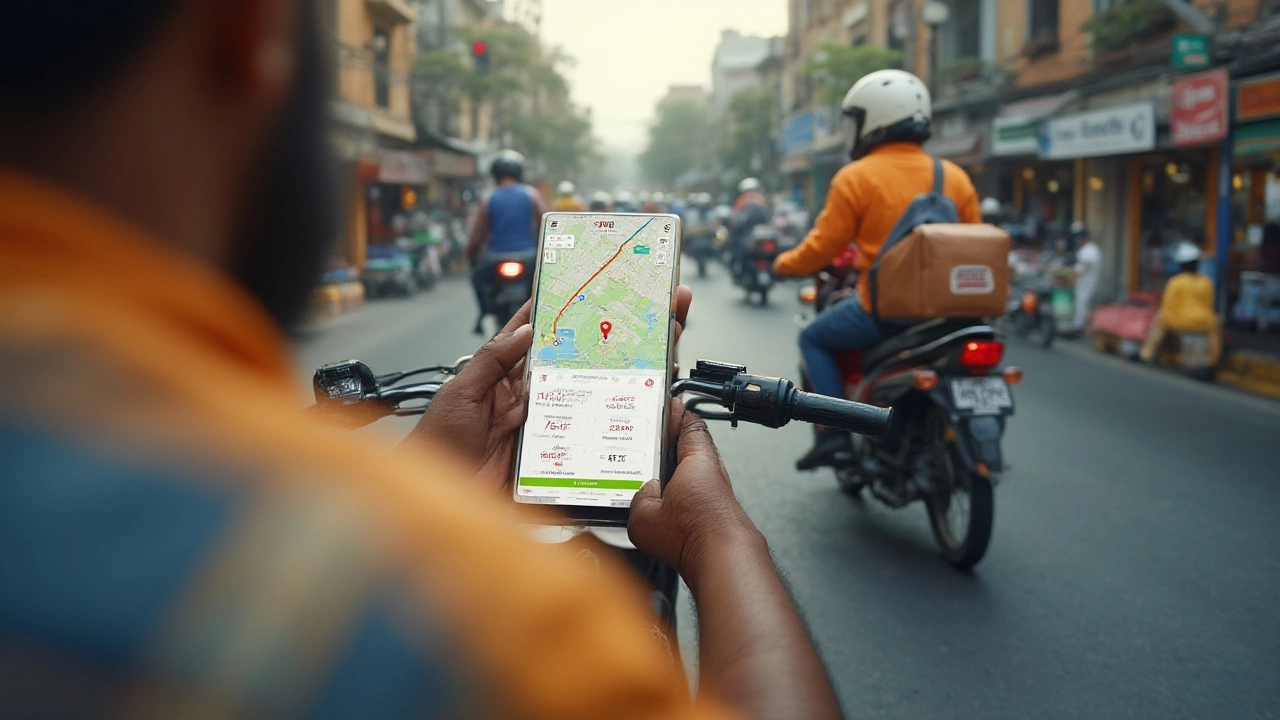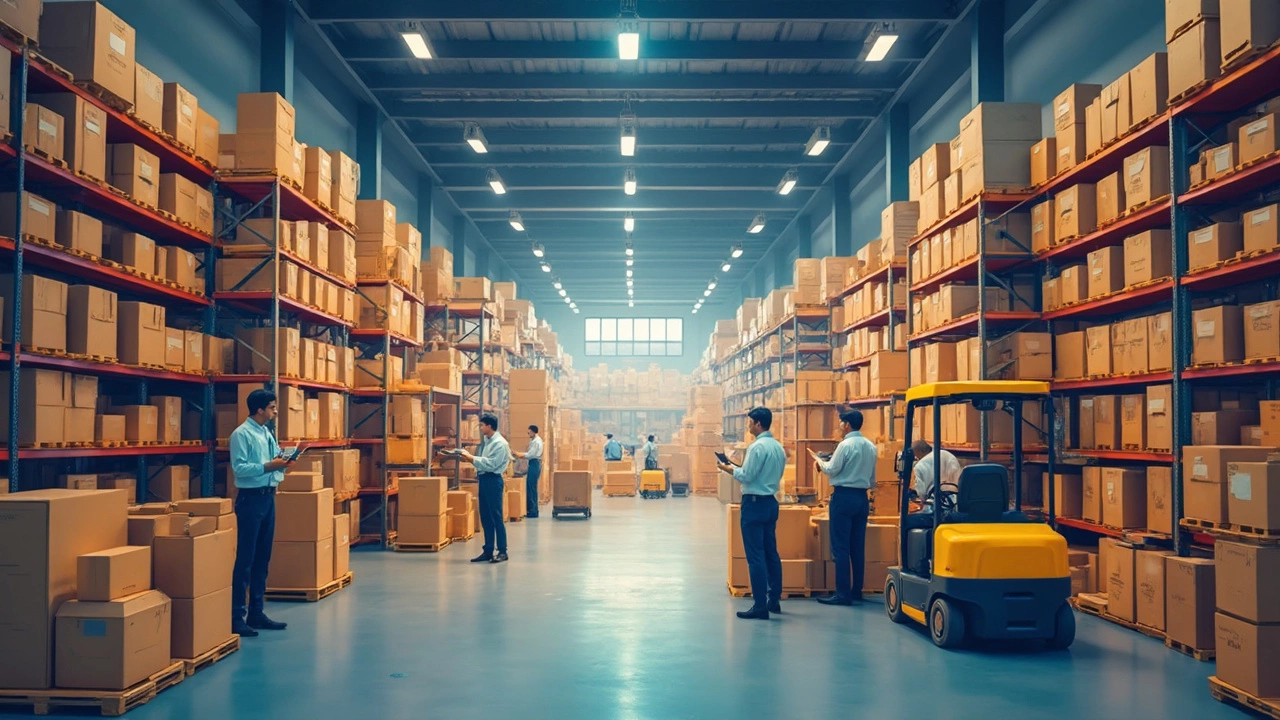Ecommerce Logistics – Your Guide to Faster, Smarter Delivery
Running an online store means you’ve got to get products from your shelf to a customer’s door without a hitch. That’s where ecommerce logistics steps in. It’s the set of processes that turn a click into a happy customer, covering everything from inventory storage to the final buzz of a delivery notification.
When logistics work well, customers get their orders quickly, returns are painless, and you see repeat business. When they stumble, you get complaints, refunds, and a bruised brand image. Let’s break down the parts that matter most, so you can keep your supply chain humming.
Key Steps in the Ecommerce Logistics Chain
1. Inventory Management. Know exactly what you have, where it sits, and how fast it moves. Simple tools like barcode scanners or cloud‑based inventory software can alert you when stock runs low, preventing stock‑outs that kill sales.
2. Order Processing. Once a shopper checks out, the order should flow automatically to your warehouse. Automation reduces manual errors and speeds up the pick‑pack‑ship cycle.
3. Picking & Packing. Train staff to follow a systematic pick list and use the right packaging. Proper packing prevents damage and reduces the chance of costly returns.
4. Transportation & Shipping. Choose carriers that match your delivery promises—whether that’s next‑day, two‑day, or standard. Look at rates, coverage zones, and tracking capabilities. A mix of carriers can give you flexibility and cost control.
5. Last‑Mile Delivery. This is the final stretch where the package meets the customer. Real‑time tracking, clear delivery windows, and easy communication (like SMS alerts) improve the experience.
6. Returns Management. A smooth return process builds trust. Provide a prepaid label, simple instructions, and quick refunds to keep shoppers coming back.
Tips to Optimize Your Logistics Today
Start with data. Pull reports on order volume, shipping costs, and delivery times. Spot the bottlenecks—maybe you’re paying too much for express shipping on low‑value items, or perhaps a particular SKU sits idle in the warehouse.
Next, negotiate with carriers. Most couriers will give better rates if you commit to a volume threshold. Don’t be shy about asking for discounts or exploring regional players who might offer faster service at lower cost.
Invest in technology that integrates your store platform with the warehouse and carrier systems. Integration eliminates double entry, reduces errors, and gives you a single dashboard to monitor everything.
Consider a hybrid fulfillment model. Keep fast‑moving items in a local hub for same‑day delivery, while slower sellers can ship from a central warehouse. This balances speed with inventory costs.
Finally, keep the customer in the loop. Automated email or SMS updates at each stage—order received, item shipped, out for delivery—cut down on “where is my order?” queries and improve satisfaction.
Good ecommerce logistics isn’t a magic trick; it’s a series of practical steps you can tweak and improve. Start with the basics, use data to guide decisions, and keep testing new carriers or tech tools. Your customers will notice the smoother ride, and your bottom line will thank you.
Top Ecommerce Logistics Companies in the USA Today
Discover the top ecommerce logistics companies in the USA, from Amazon and UPS to specialized 3PLs like ShipBob and Red Stag Fulfillment. Learn how to choose the best provider for your online store.
Read MoreWhat Is E-Commerce Logistics Service? A Simple Breakdown for Online Sellers
E-commerce logistics service is the system that handles order fulfillment, shipping, and returns for online stores. It’s not just delivery - it’s warehousing, tracking, automation, and customer experience all in one. Get it right, and your customers keep coming back.
Read MoreIs Ecommerce a Legit Way to Make Money? Real Stats, Real Risks, Real Results
Ecommerce is a legit way to make money, but only if you focus on solving real problems, not chasing trends. Real profits come from reliable logistics, customer service, and patience-not viral ads.
Read MoreHow Does E-Logistics Work? A Simple Guide to Digital Supply Chains
Learn how e‑logistics turns orders into a seamless digital flow. Discover core tech, benefits over traditional methods, a starter checklist, and FAQs.
Read MoreWhat Does E‑Commerce Mean? A Clear Definition and Practical Guide
A straightforward explanation of e‑commerce, covering its definition, core components, major models, benefits, challenges, launch steps, and future trends.
Read MoreWhat Is Ecommerce Logistics? A Simple Guide for Online Sellers
Learn what ecommerce logistics really means, its key steps, cost factors, and how to choose the right fulfillment model for online stores.
Read MoreWhat Is E‑commerce Delivery? Definition, Steps, Options, and Best Practices (2025 Guide)
Clear, plain-English guide to e‑commerce delivery: what it is, how it works, options, costs, KPIs, and practical steps to set it up right in 2025, with UK‑friendly examples.
Read MoreAmazon Delivery vs Amazon Logistics: Key Differences Explained for Shoppers and Sellers
Unpack the real differences between Amazon delivery and Amazon Logistics. Discover how each fits into your Amazon order experience and why it matters for buyers and sellers.
Read MoreDelivery Fee Calculation Guide: How to Accurately Calculate Shipping Costs
Trying to figure out how to calculate a delivery fee? Get an in-depth look at what goes into delivery costs, from distance and speed to package size, with practical tips.
Read MoreDelivery Coverage Explained: What It Means and Why It Matters for Your Orders
Find out what delivery coverage is, how it works, why it affects your shopping, and ways to make smarter decisions when ordering products or food online.
Read MoreIs Delivery Express Legitimate? Your 2025 Guide to Safe Online Deliveries
Worried about 'Delivery Express'? Here's an honest guide on how legit it is, how to spot scams, and what you need to watch for when getting your package delivered.
Read MoreeCommerce Logistics Needs: What Really Matters for Online Stores
This article cuts straight to the heart of what eCommerce logistics actually needs to run smoothly. Get practical tips for handling shipping, warehousing, and returns, plus real-world facts you can use right now. Learn how logistics can make or break your online store’s reputation. Find out how new tech shapes the way packages move from screen to doorstep. If you want fewer headaches and faster deliveries, you’re in the right place.
Read More